When I first started writing – really writing, trying to make whole stories hang together so that I could share them with other people – I was what’s now known in the writing community as a pantser, or a novelist who flies by the seat of her pants when writing a novel. I had a vague plan, but I just wanted to dive in and get going. All that plotting and outlining wasn’t for me – I wanted to write, not think about writing. So I’d write and write and write, and get it all out. I completed some novels that way. They weren’t very good. They weren’t even salvageable first drafts that might work upon revision. They were just sort of… puked up. Some authors swear by pantsing, but it doesn’t work for me.
Neither does planning. A planner is a novelist who knows in advance exactly what’s going to happen in the novel. As I became more intentional about writing, and especially when I decided to tackle writing a fantasy series, I turned to hardcore planning. I wrote documents, sometimes fifty or seventy pages in length, describing what was going to happen in a given novel. And then I’d go to write the actual living novel, and everything would change on me. Characters who had been docile and compliant in the outlining phase turned mutinous and ran wild, knocking down the rest of my beautifully arranged plot dominoes.
Well, what then? How should I do this?
The answer is still in development (and probably always will be), but I’ve written the bulk of four drafts of four different novels in the Tyme series in the past year, so I’m starting to get a pretty clear sense of my process. As it turns out, I’m a little bit country, and I’m a little bit rock and roll. I plan first, laying out the essential outline as I envision it. Then I pants hard, diving in, writing what wants to be written, ignoring the outline as soon as it becomes a burden and I long to deviate from it (usually around chapter two), allowing characters to crop up and then vanish, letting plotlines meander and crash into each other. While this is happening, I usually feel like I’m writing something awesome!
Soon enough, though, I realize I’m writing a draft. Usually this realization comes right before the big climactic event, when it becomes depressingly clear that things are not in their proper places, structurally or emotionally. That’s when I stop pantsing and go back to planning again. At that point, however, I tend to plan backwards, starting from my ideal denouement. What do I want from those final scenes? Who’s there? What are they doing? How do they feel? How do I want to feel? What has to happen, during the climactic events of the story, to make that satisfying resolution possible? What has to happen in the rising action to make that climax possible? What has to happen in the establishing chapters to kick off that rising action with a bang? Working backwards helps me to problem solve.
Even after engaging in so much careful backwards plotting and problem solving, I continue to find that drafts want to do what they want to do, and that part of my job is to let that happen. So I pants some more. But those rounds of planning get into the DNA of the story, and I find that, as I flip back and forth between the pantsing and the planning, stuff starts to tighten up and work out, without necessarily keeping to the established plan.
This way of going about it is certainly not the only way. There is no only way. I’m sure of very few things in this writing profession, but I’m certain of this: Whatever works for me as a writer is okay. If I read a blog post, or attend a presentation, and the speaker says that their way is the right way, then I’m allowed to ignore that dictate. I’ll learn what they have to teach, then go out and write however I need to write.
What works best for you?
 Megan Morrison is the author of GROUNDED: A TALE OF RAPUNZEL, due out summer 2015 from Arthur A. Levine Books/Scholastic. GROUNDED is the first book in the Tyme Series, co-created with Ruth Virkus. You can follow Megan on her blog at makingtyme.blogspot.com or on Twitter at @megtyme. She is represented by Ammi-Joan Paquette.
Megan Morrison is the author of GROUNDED: A TALE OF RAPUNZEL, due out summer 2015 from Arthur A. Levine Books/Scholastic. GROUNDED is the first book in the Tyme Series, co-created with Ruth Virkus. You can follow Megan on her blog at makingtyme.blogspot.com or on Twitter at @megtyme. She is represented by Ammi-Joan Paquette.


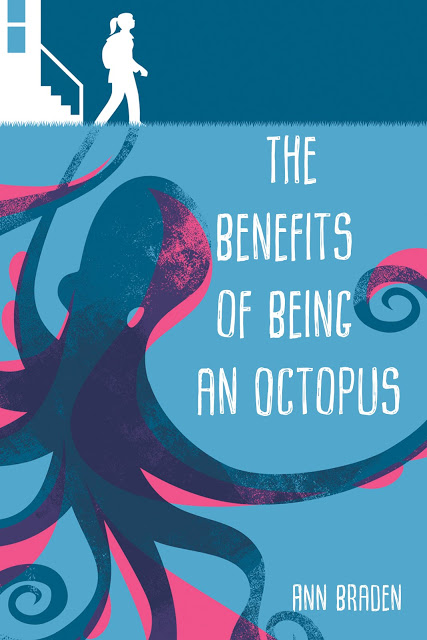
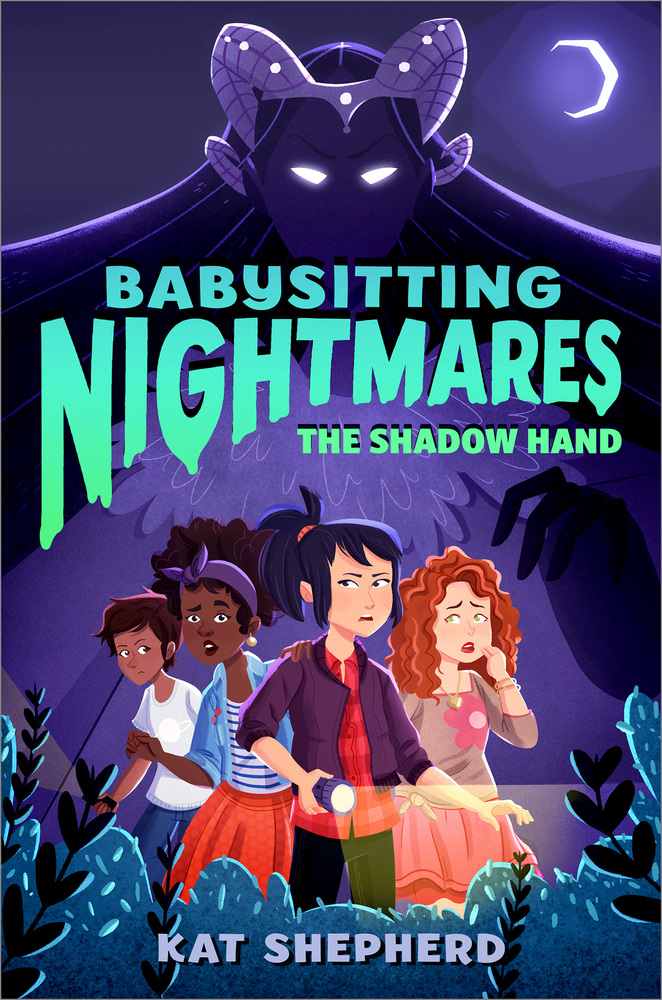
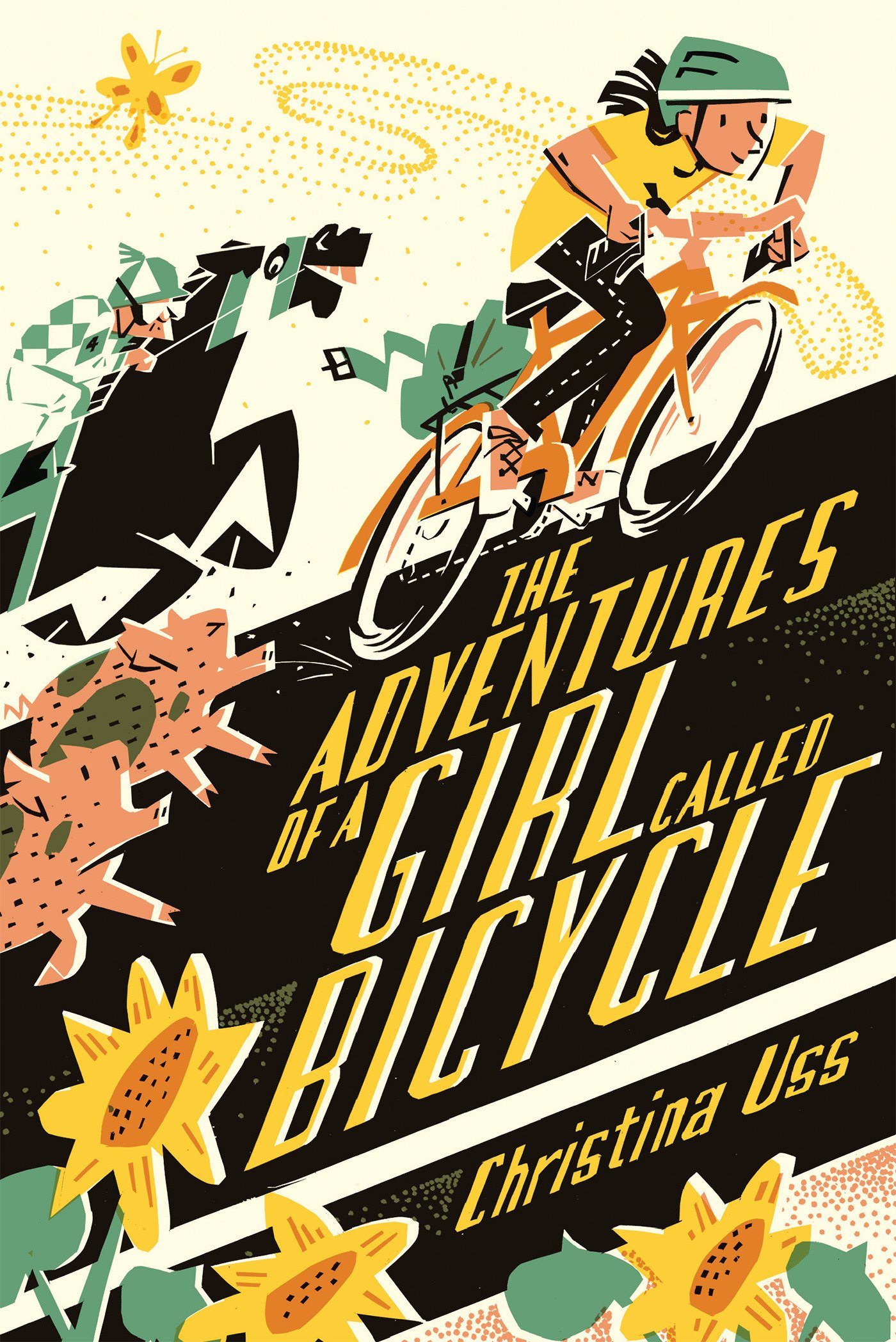








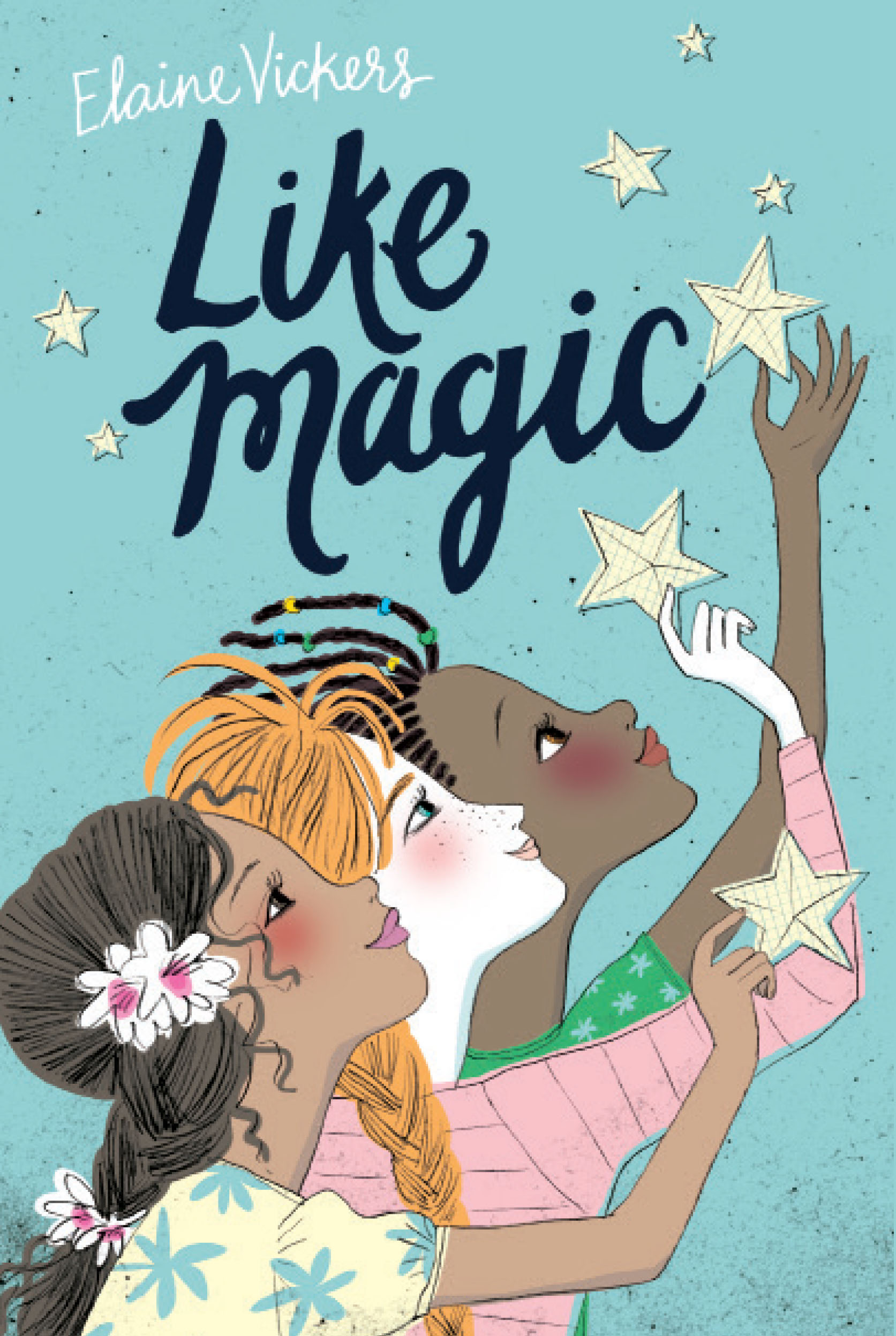
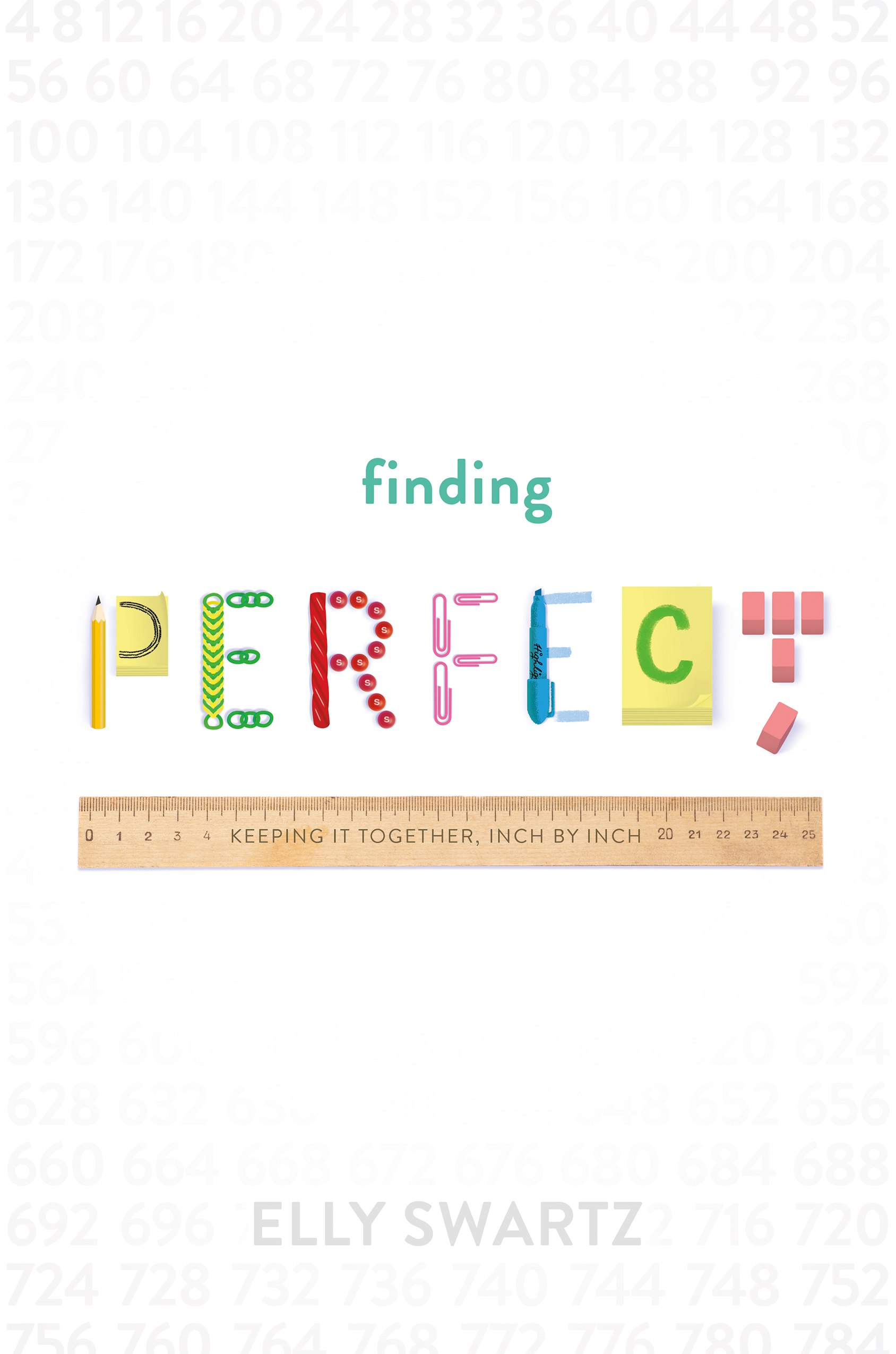



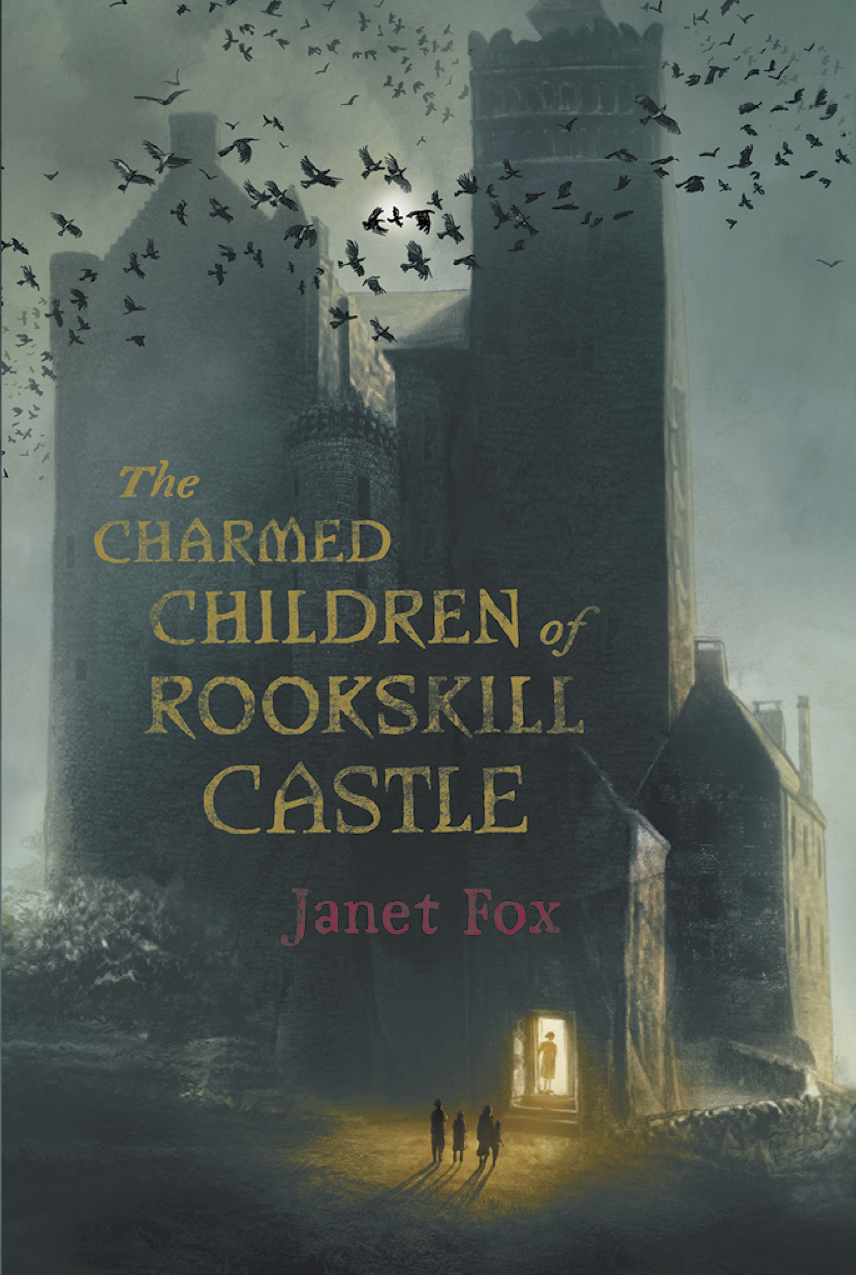
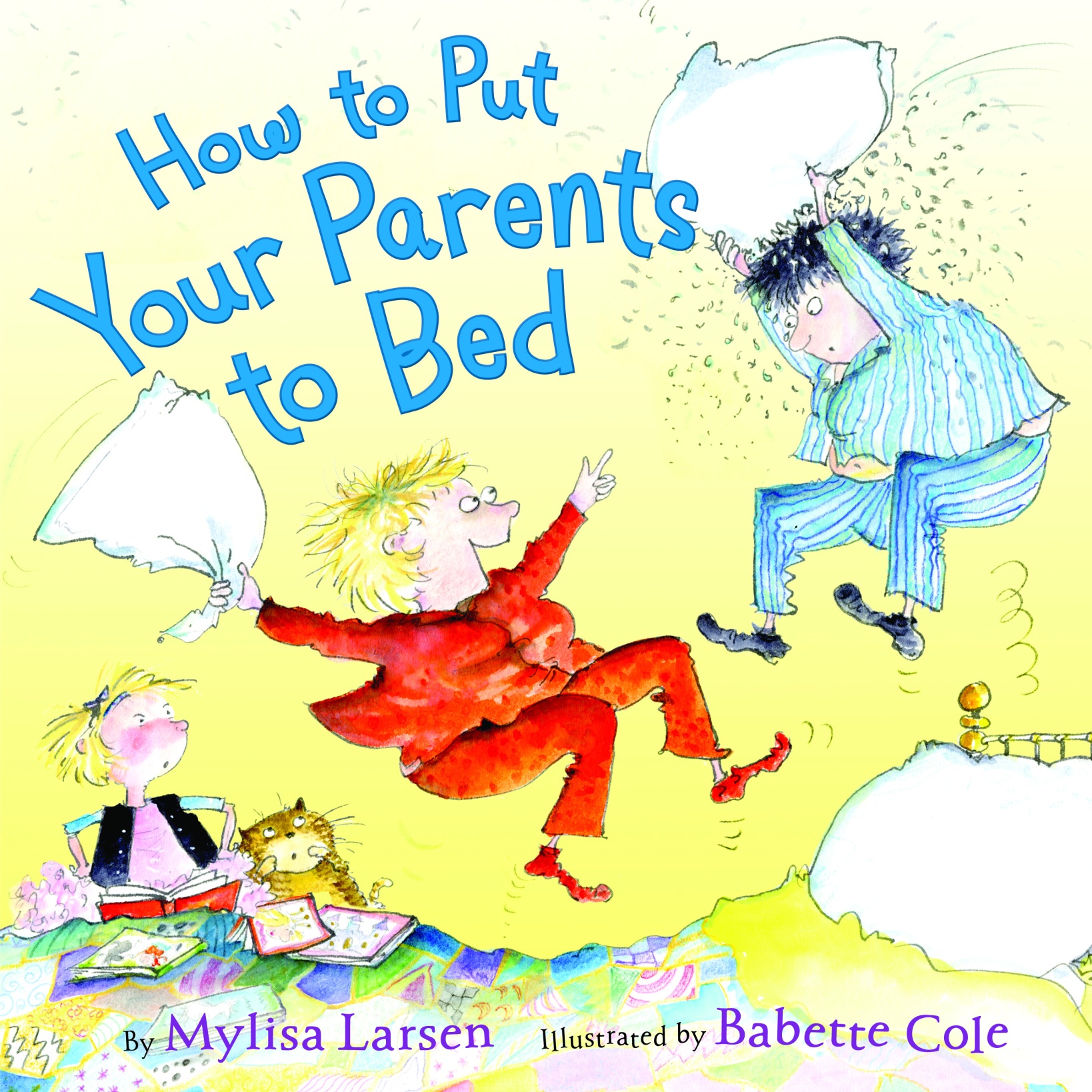



“Neither does planning.”
Megan, The line above is where I started to pay attention. This is really an honest and helpful description of the really messy process of wrestling a novel onto the page. Especially the planning backwards section.
Thank you.
LikeLike
Yep. Hybrid, not always going forward, not always on the road, often in the dark with the lights off.
LikeLike
Thank you for explaining the term “pantser.” It’s always made me think of some kind of Vaudevillian Nazi thing, which is apparently so, so not what it is.
LikeLike
Thank you for this. I always seem to be caught up in the specifics, reading every book on “How to Write….” Then I realized I need to write in a way that makes me comfortable and gets words on the page. Happy to know I’m not the only one!
LikeLike
Plantsing!
Love this post, Megan. I operate more on the planning end of the spectrum these days, but what I’m really starting to realize is that every book is a different animal, and just because a strict outline worked wonders on my last manuscript doesn’t mean it’s going to be the right way to tackle the next one. I love the idea of planning backwards–I’m going to bookmark this post for when I get to the climax of my new WIP!
LikeLike
I’m a hybrid, too, Megan! And I evolved pretty much like you did. I realized panster wasn’t completely cutting it! So now I kind of fly by the seat of my plan! Great post!
LikeLike
I ‘pantsed’ my through EVIDENCE which worked because I kept falling in love with the story. That can be the problem with pantsing: falling out of love as it gets messier and messier. I’m trying a new method for the next novel: Prewriting until I can hold the whole thing in my head. Then I begin on page one. We’ll see what happens.
LikeLike
In modern music terms ‘Cross-over’ is a way of describing classical arias mixed with classic pop. The result has great artists free to express their talent in a pragmatic way and not stuck in a music quick-sand.Maybe your writing style is this free?B
LikeLike